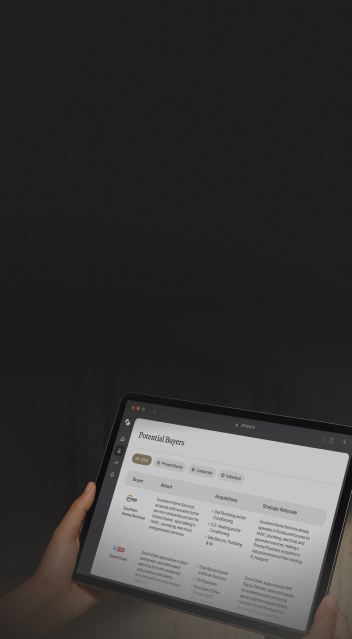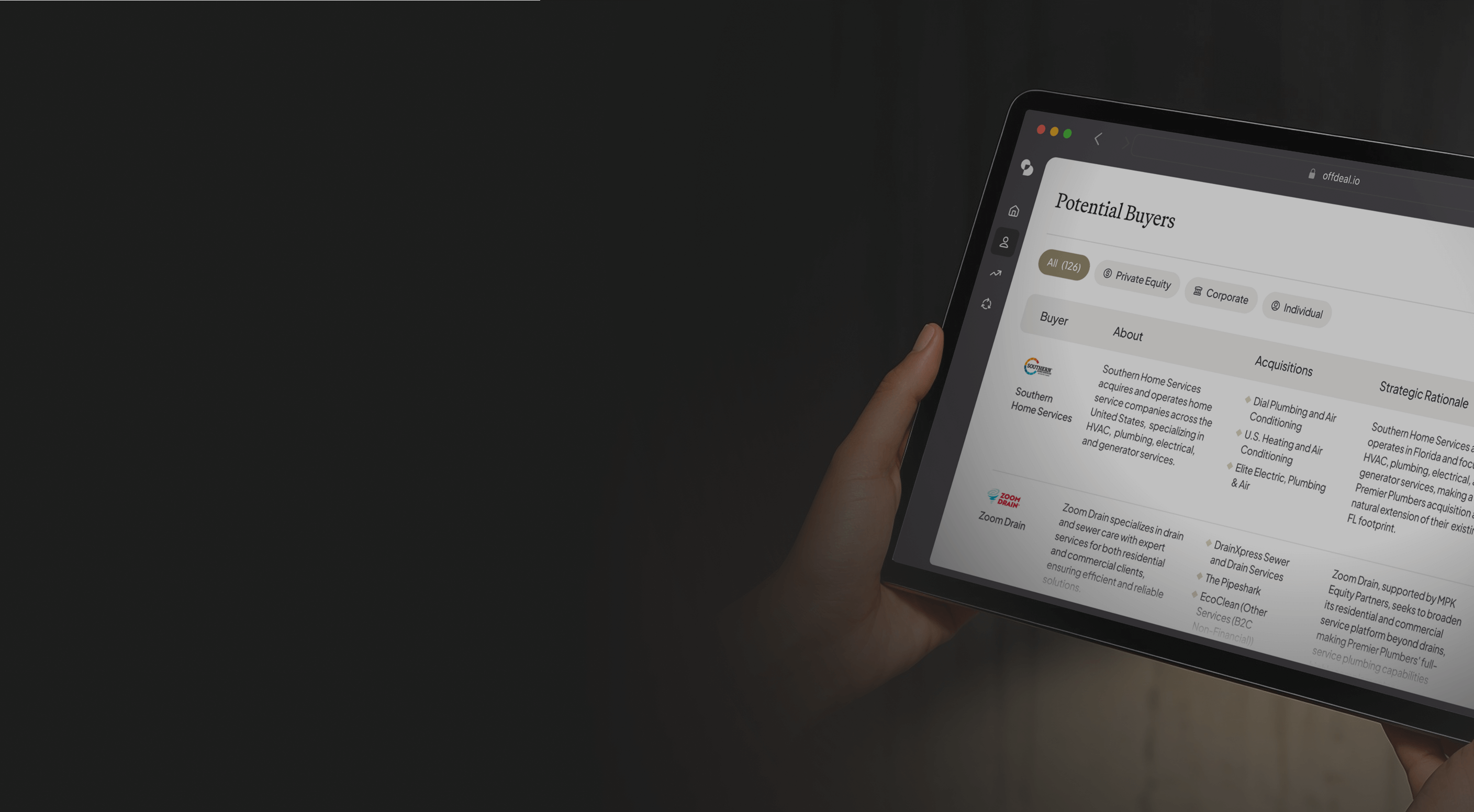Article
April 8, 2025
Understanding the Impact of the Trump's Tariff Policy on IT Businesses
Tariffs are changing the IT business landscape—here’s how business owners can prepare and adapt

Table of Contents
Running a successful IT business—such as a Managed Service Provider (MSP), Value-Added Reseller (VAR), or internal IT department—is already challenging. You have to keep up with technological advances, cyber threats, staffing issues, and complex client needs. Now there's another significant issue arising: the Trump administration's new "Reciprocal Tariff Policy," introduced by executive order in early April 2025.
What Is the "Reciprocal Tariff Policy"?
In short, this policy places new taxes (tariffs) on many imported products. This will significantly increase costs for IT equipment and parts coming into the U.S., such as hardware, components, and accessories. Understanding this policy and preparing for its potential effects is critical if you want to control project budgets, stick to your service agreements, and stay competitive.
How Do These Tariffs Work?
Here's a quick overview:
Baseline Tariff (Starting April 5, 2025): A broad tax of 10% placed on most imported goods.
Country-Specific Tariffs (Starting April 9, 2025): Much higher tariff rates imposed on goods coming from certain countries listed in the policy.
Examples of Tariffs Affecting IT Products:
| Country | Tariff Rate | Items Affected / Relevance to IT Industry |
| China | 34% | Assembly of laptops, desktops, smartphones, servers; manufacturing of components such as cables, power supplies, motherboards, and accessories. |
| Vietnam | 46% | Growing electronics assembly (often moving away from China); some component manufacturing. |
| Taiwan | 32% | Major supplier of advanced computer chips (CPUs, GPUs), displays, networking parts, motherboards. |
| South Korea | 25% | Produces memory chips (RAM, SSD), display panels, many electronic components. |
| Japan | 24% | Specialized components, some advanced semiconductor manufacturing, displays. |
| Malaysia | (Varies) | Semiconductor testing and component manufacturing (tariffs specified in policy annexes). |
| European Union | 20% | Some specialized IT and automation equipment, peripherals and industrial components. |
Note: These tariffs add onto any current import duties already in place and depend heavily on specific product codes (called HTS codes).
Important Exceptions and Details for IT Companies:
Software & Digital Services: These tariffs target physical goods. They generally don't affect electronically delivered software licenses, cloud-based solutions, and subscription services.
Steel & Aluminum Products: Existing tariffs on steel and aluminum remain separate.
Canada & Mexico (USMCA partners): Goods produced under USMCA agreements are largely exempt from the new tariffs.
Specific Product Exemptions: Some simpler semiconductor components might be exempt, but specialized or high-tech parts generally are not.
U.S. Content: Products with at least 20% U.S. content (labor, parts, or R&D) get taxed only on the foreign portion, possibly lowering your exposure.
Low-Value Shipments (under $800): Typically exempt from import duties, so small purchases of minor accessories might avoid tariffs.
Why IT Businesses Face Bigger Risks:
The IT industry is particularly vulnerable due to:
Global Supply Chains: Most hardware and components come from various countries worldwide. Tariffs at any stage in this supply chain increase prices at all levels.
Complex Product Origins: It's complicated to identify exactly where all the parts inside equipment originated, making tariff costs harder to predict.
Contract & Pricing Issues: Many IT contracts are fixed-price, long-term, and sensitive to sudden cost increases. Tariffs can make projects unprofitable if not planned correctly.
How Tariffs Could Impact Your IT Business:
Cost Increases: Prices of computers, servers, network gear, and key components will rise, affecting budgets and profitability.
Supply Chain Delays: Higher tariffs can cause delivery delays, shortages of certain equipment or models, longer lead times, and force substitutions of less ideal products.
Pricing Pressure: Passing costs to clients might cause losing bids. Absorbing these costs reduces profits.
Financial Stress: Unexpected expenses strain cash flow, profitability and might affect the overall value of your company. You might need to shift toward services or digital/cloud solutions, which are less impacted by tariffs.
Strategic Actions You Can Take Now:
1. Know Your Risk Levels:
Understand the origin of your key hardware and components.
Speak openly with your distributors or suppliers about expected price increases and product availability.
2. Analyze Your Financial Exposure:
Calculate possible cost increases on your projects and update your pricing and service models right away. Adjust budgets and quoting software to reflect this reality.
3. Diversify and Consider Alternative Options:
Look for hardware produced mostly within U.S./USMCA countries or regions less affected by tariffs.
Evaluate certified refurbished equipment if appropriate.
Explore moving toward cloud-based or software-driven solutions to minimize hardware exposure.
4. Adjust Your Pricing and Contract Agreements:
Reduce the time your quotes remain valid due to price volatility.
Clearly communicate any pricing increases to clients.
Consider adding "cost escalation" clauses to contracts, allowing you to adjust prices if hardware costs rise significantly due to tariffs.
5. Improve Your Planning and Operations:
Forecast hardware needs well in advance.
Standardize equipment configurations to gain pricing advantages or improve availability.
Manage your inventory efficiently, extending hardware life through better maintenance strategies when practical.
6. Stay Informed:
Regularly monitor news from government trade groups, your distributors, and IT industry resources to stay ahead of any tariff updates and interpretations.
Summary: How IT Companies Can Adapt and Succeed:
The arrival of these tariffs is challenging, but manageable through preparation and action:
Audit Supply Chains: Know where your products come from.
Quantify the Cost Impact: Update your budget and price models proactively.
Engage Suppliers Early: Talk openly with your vendors about the effects.
Seek Strategic Alternatives: Diversify suppliers and explore non-tariffed sourcing options.
Update Pricing and Contracts: Implement flexible pricing and safe contract language.
Optimize Planning and Efficiency: Improve forecasting and extend equipment lifecycles when possible.
Stay Alert and Informed: Be ready to adapt quickly as the tariff landscape evolves.
Taking these steps will help your IT business remain stable, competitive, and successful despite the complexity and cost pressures introduced by the "Reciprocal Tariff Policy." Discuss these changes with your financial advisors and leverage advice from your technology and industry partners to navigate this changing business landscape effectively.

Preview Buyers for Free
Try our buyer match tool to receive a personalized list of active buyers in your industry

